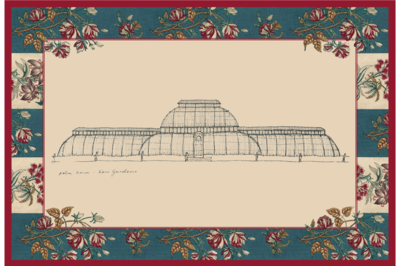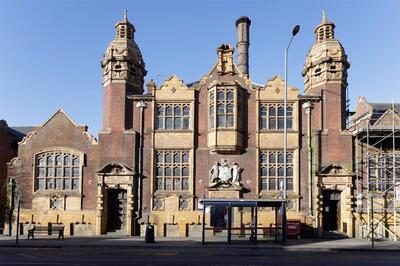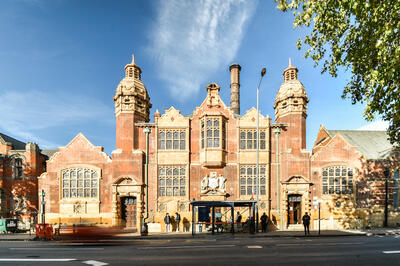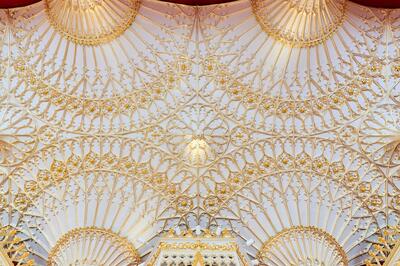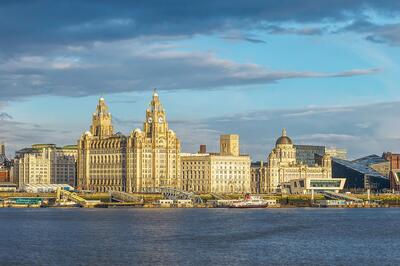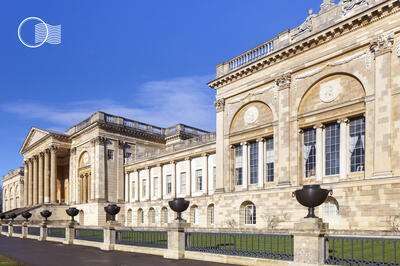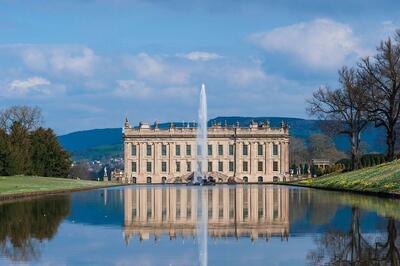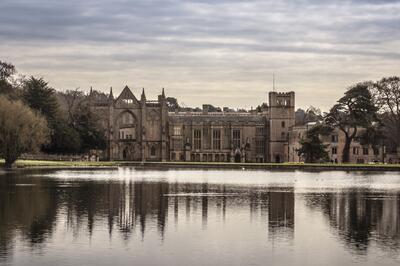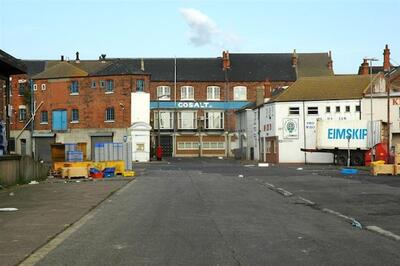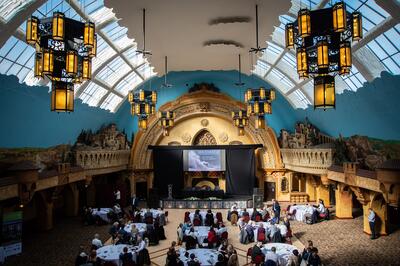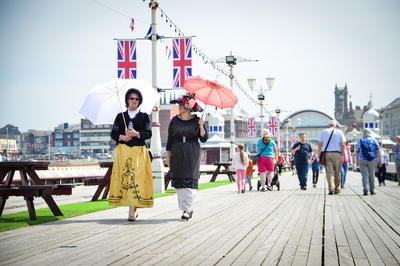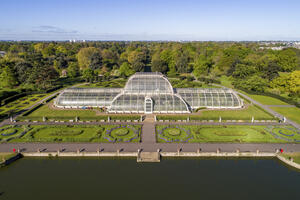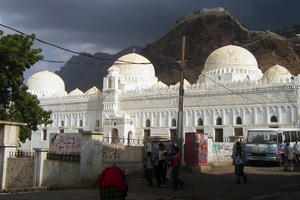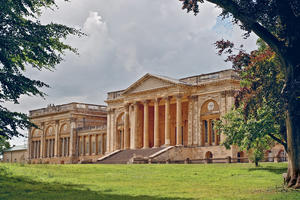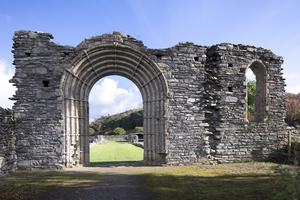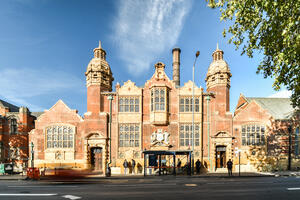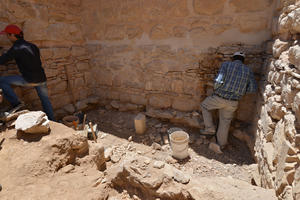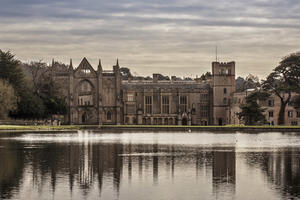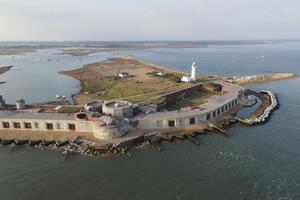Britain
Established in 1995, WMF Britain serves as a local representative for WMF, assisting with project management and outreach.
In 1990, World Monuments Fund presented His Majesty King Charles III with its annual Hadrian Award in recognition of his efforts in advancing the conservation of world architecture. In his acceptance speech, HRH called attention to the plight of St. George’s Hall in Liverpool, describing it as “one of the finest neoclassical buildings in the world.”
Supported by WMF, which opened its London affiliate office in 1995 with a gift of $1 million and a bequest from the late Paul Mellon to create the Paul Mellon Fund for Architectural Preservation in Great Britain, the restoration of the Small Concert Room at St. George’s became WMF Britain’s first project.
Since 1995, WMF Britain has completed projects at over 50 UK sites and established partnerships with many more on the World Monuments Watch to provide on-site conservation, educational resources, training, and advocacy. In recent years, the UK office has worked more frequently outside of the UK and, thanks to the British Council’s Cultural Protection Fund, has carried out projects in Jordan, Iraq, and Yemen, supporting heritage projects within communities impacted by conflict.
WMF Britain’s 27-year track record illustrates a wide range of successful conservation projects in the UK and further afield, complemented by meaningful engagement with local communities and global supporters. For the future, there is significant potential to expand WMF’s presence in the United Kingdom, and London in particular.
WMF Britain Board of Directors
- Hélène Marie Shafran, Chair
- Ann Chapman-Daniel
- Patrick Franco
- Lorna B. Goodman
- James Goold
- Hannah Kaye
- William J. Loschert
- Monika A. McLennan
- Bénédicte de Montlaur, ex-officio
- Jacqueline Ranawake
- William Sieghart
- Julian C. Sharpe
- Sumayya Vally
- Anna van Praagh
- Sonali Wijeyaratne

